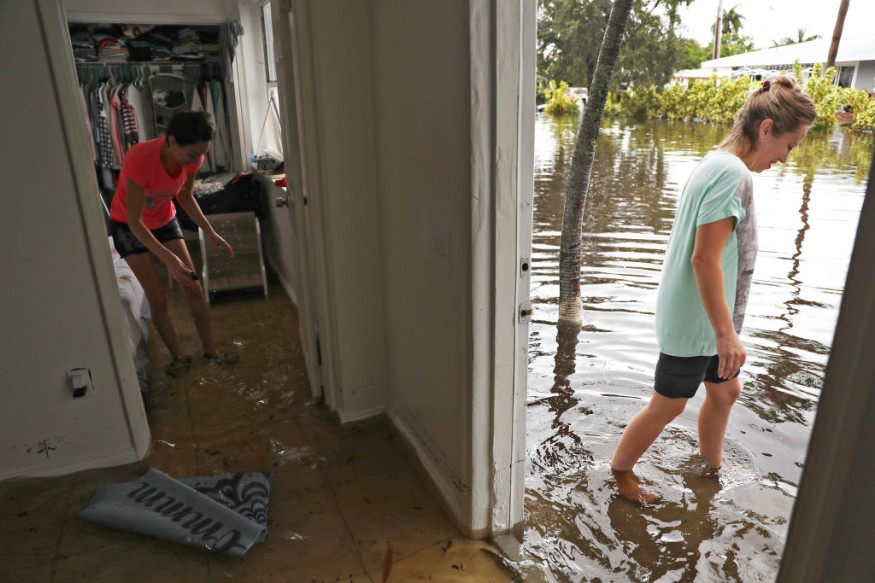Low-cost housing that is at risk of coastal flooding is seen to be tripling by the year 2050. In the coming three decades, more areas that are low-lying will be damaged.
This study on storm surges and rising tides were conducted by researchers from the non-profit organizations National Housing Trust and Climate Central.

READ: Wildfires Are a Real but Undisclosed Risk for Millions of Areas and Homes
More coastal flooding
According to the researchers, over 25,000 low-cost housing units will become affected by coastal flooding for a minimum of one occasion per year. Twenty years ago, only 7,700 such homes were considered to have such risk.
The housing units most affected were considered to be in New York, Massachusetts, and New Jersey.
The study found that almost 50% of all the exposed low-cost housing units in New Jersey will be flooded for a minimum of four times a year by the year 2050.
The poorest cities in the US are in New Jersey, and they are of most concern. These are Penns Grove, Camden, Salem, and Atlantic City. Their median average household income in these areas is less than 29,000 dollars a year.
In addition, Gulf Coast and Pacific regions such as the low-lying areas in Texas, Louisiana, Washington, and California will similarly have more risk from coastal flooding in their low-cost housing.
READ ALSO: Real Estate Website Provides Flood-Risk Score for Every American Home
Increased damages
According to Climate Central researchers Ben Strauss and Maya Buchanan, such impacts will likely increase costs of maintenance as well as threaten public health, causing profound disruptions for families who already struggle to survive.
This situation is exacerbated by the sad reality that such housing is usually already in poor conditions as they are, and additional damages from floods are an additional and particularly expensive challenge.
Assessment of flooding risk
The new study was published in the journal Environmental Research Letters. It is the first assessment conducted nationwide regarding the risks of coastal floods that affordable housing face.
It shows once again the sad reality of how the poor, the minority, and the disadvantaged are disproportionately affected by climate change.
According to Strauss, these vulnerable sectors have a little remedy in dealing with such problems.
Complex challenges
According to experts, reducing the risk brought by climate change in low- and middle-income citizens is difficult. For older cities such as Boston and New York, low-cost housing is usually concentrated in the urban waterfront where the residents are economically socially attached to their neighborhoods and homes so that they cannot easily move.
In other locations, private and public housing were constructed purposefully in areas of floodplains since the real estate is cheap and is not suitable for any other kind of development.
According to Natural Resources Defense Council senior policy analyst Rob Moore, low-income families, mostly renters, are trapped in these properties where there are increasing risks of disaster, decreasing real estate value, worsening environmental conditions, and fewer if any long term investment by owners of properties.
Looking for solutions
Moore says that programs of government housing security usually overlook renters and add to the climate displacement of people who could not afford to move.
Solutions can focus on resilience and adaptation by helping them move to safer areas or invest in flood-proofing or elevating homes.
The successful communities will be the ones that recognize such problems earlier and become proactive. The problems facing affordable housing do not go away on their own. If one waits for the effects of sea-level rise to come before doing something about it, it will be too late.
The study found that the cities that are at most risk are New York City, with 4,774 units, followed by Atlantic City with 3,167 units; and then Boston with 3,042 units.
For percentage increase, the cities that are at risk the most are Norfolk, Virginia, and Charleston, South Carolina, which may see over five-fold increases in low-cost housing risk to coastal flooding by the year 2050.
Check out more news and information on Flood-Risk Homes on Nature World News.
© 2025 NatureWorldNews.com All rights reserved. Do not reproduce without permission.





